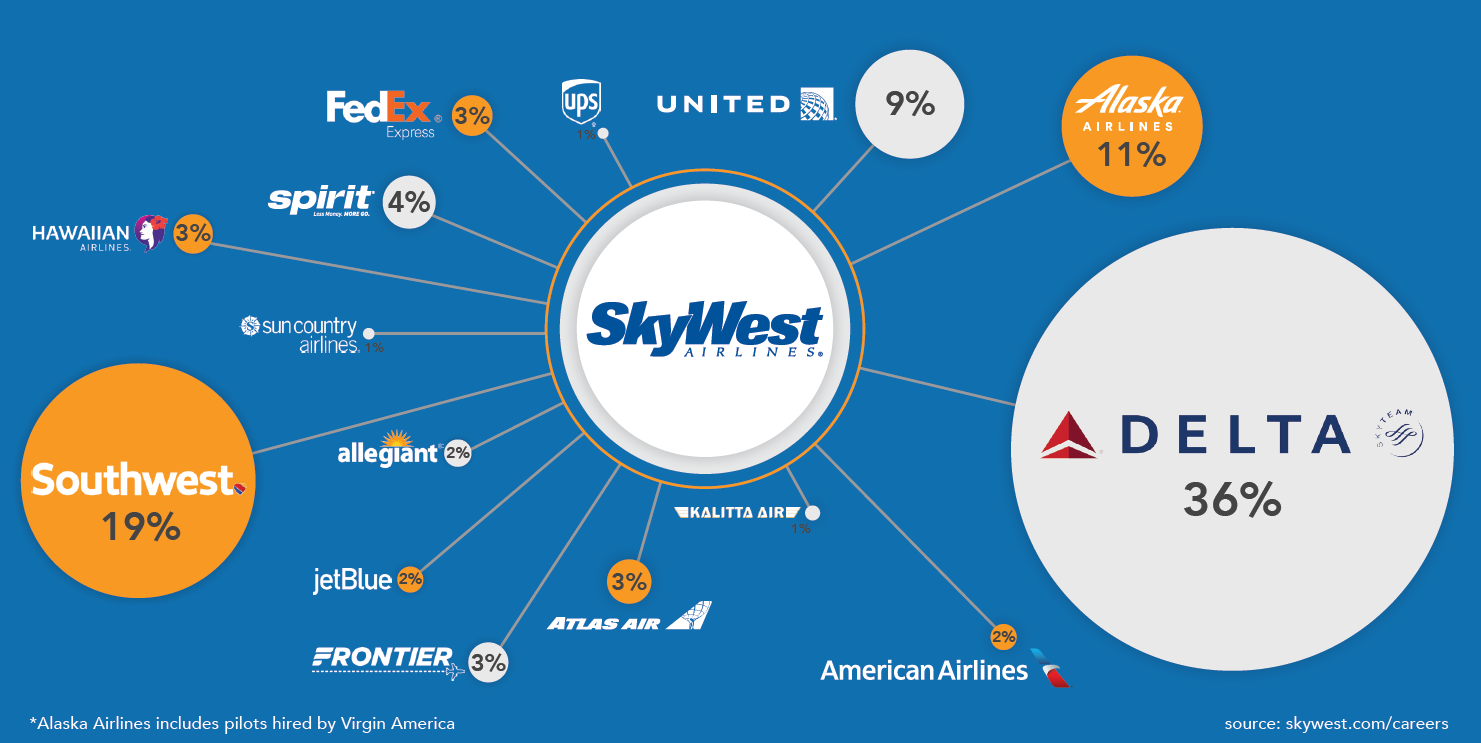What are Regional Airlines?
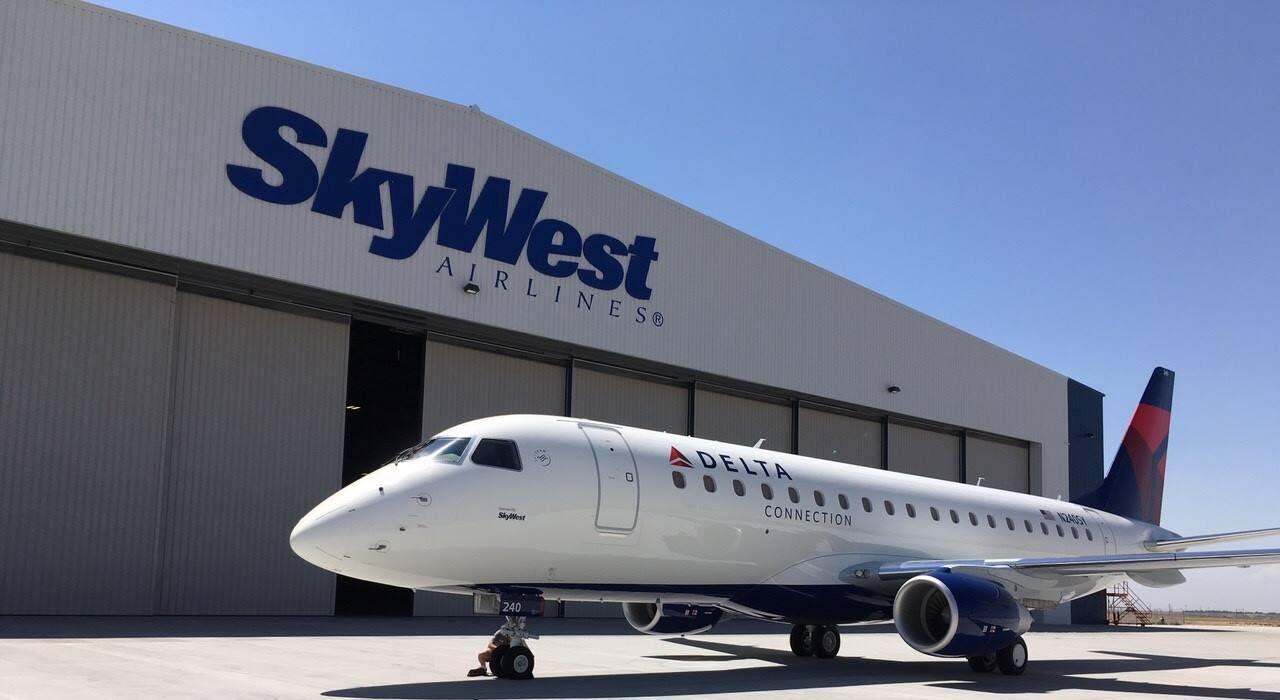
What is a Regional Airline?
There are many different airlines in the United States, and they are not all the same. Have you ever booked a flight with a major airline and wondered why you saw a different airline’s name on your ticket under the major airlines? For years now, major airlines have used regional airlines for flights between smaller cities that wouldn’t fill the seats of the major airline’s larger aircraft.
So, what is a regional airline? Regional airlines provide passenger air service to communities that lack sufficient demand for major airline service. Regional airlines tend to fly shorter routes with smaller aircraft (generally between 50-80 seats) than major airlines, which usually fly aircraft with 100 or more seats. In the past, some regional airlines were known as “commuter airlines”.
Major airlines, such as American, Delta, and United, find it more economical to partner with regional airlines for those shorter-distance flights between smaller cities rather than to purchase smaller aircraft of their own. Likewise, it doesn’t make financial sense for regional airlines to own larger aircraft such as 777s. Major and regional airlines work together to meet customer demands by bringing passenger air service to more areas than either could do alone. Without regional airlines, there would be hundreds of U.S. cities without flights.
How Did Regional Airlines Form?
In the early days of air travel, pilots typically flew propeller-driven aircraft over short distances. Regional airlines would form strictly to serve their particular area. When long-range aircraft were introduced, major airlines began to form. As the larger airlines grew, the regional airlines were able to stay in business by flying passengers to and from the major airports. Eventually, this relationship was formalized, officially marking the distinction between major and regional airlines.
During the 1960s and 1970s, war surplus aircraft designs were largely replaced by turboprop or jet-powered designs, which extended the ranges of regional airlines tremendously. This led to a great deal of overlap between major and regional airline routes, and the airlines began to consolidate. In 1978, the U.S. passed the Airline Deregulation Act, which removed federal control over aspects of the airline industry such as routes, fares, and market entry of new airlines. Subsequently, the U.S. government enacted the Essential Air Service program to ensure that small communities would still receive air service post-deregulation via regional airlines.
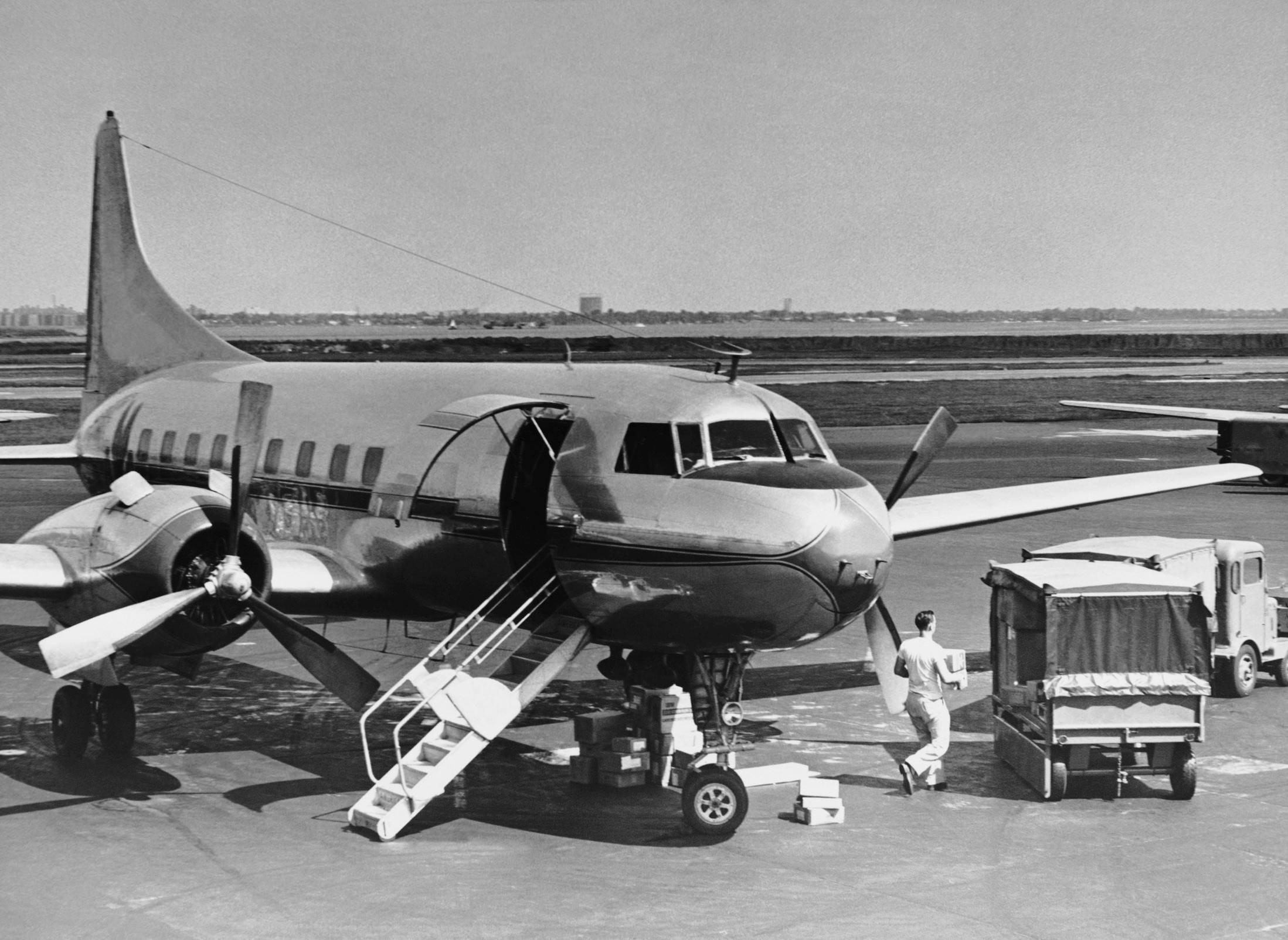
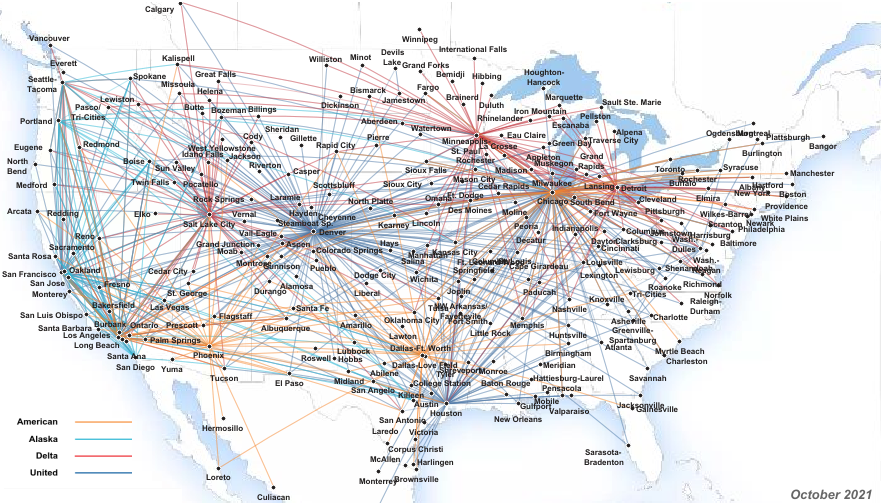
How Do Regional Airlines Work?
Prior to the Airline Deregulation Act of 1978, airlines were forced into a direct-route, or point-to-point, system. Larger airlines had to fly directly between two small markets using planes that were likely half empty, costing them money. Post-deregulation, most major airlines in the United States have operated using a hub-and-spoke model. A hub is a central airport through which flights are routed, and the spokes are the various routes that planes take from the hub airport. Most major airlines have multiple hubs. That’s why many flights today involve a layover at a major airport before you get to your final destination.
Not all major airlines use a hub-and-spoke model, however for many this is their preferred method of operation to maximize their efficiency and fill larger planes. Many of the flights into the hub are operated by Regional Airlines, such as SkyWest Airlines whose flight map for American, Delta, United and Alaska is shown here.
How Do Regional Airlines Impact Travelers?
Regional airlines do not market themselves to customers using their own names, nor do they sell tickets under their own names. They operate entirely under the major airlines they partner with, and they use the major airline’s branding, too. For example, regional airline SkyWest operates under Delta using the name Delta Connection. Delta Connection planes use Delta’s color scheme and logo, and Delta Connection travelers can earn Delta frequent flyer points. Travelers may never know that they’re flying with a regional airline at all. Delta’s brand power reassures customers that they are in capable hands.
Regional airlines are allowed to do this because of an arrangement called code sharing. Say you bought a ticket for a flight, and you thought you were flying with a certain airline. However, when you got to the gate, you saw a different airline’s logo on your plane. That’s an example of code sharing, a marketing arrangement that allows one airline to place its designator code on a flight operated by another airline and sell tickets for that flight. Airline code sharing can be a bit confusing for customers, but overall, the arrangement is beneficial for both customers and the airlines. Major airlines have a cost-effective way to offer flights to areas they don’t actually serve, and customers can earn frequent flyer points on routes that those airlines don’t technically offer.
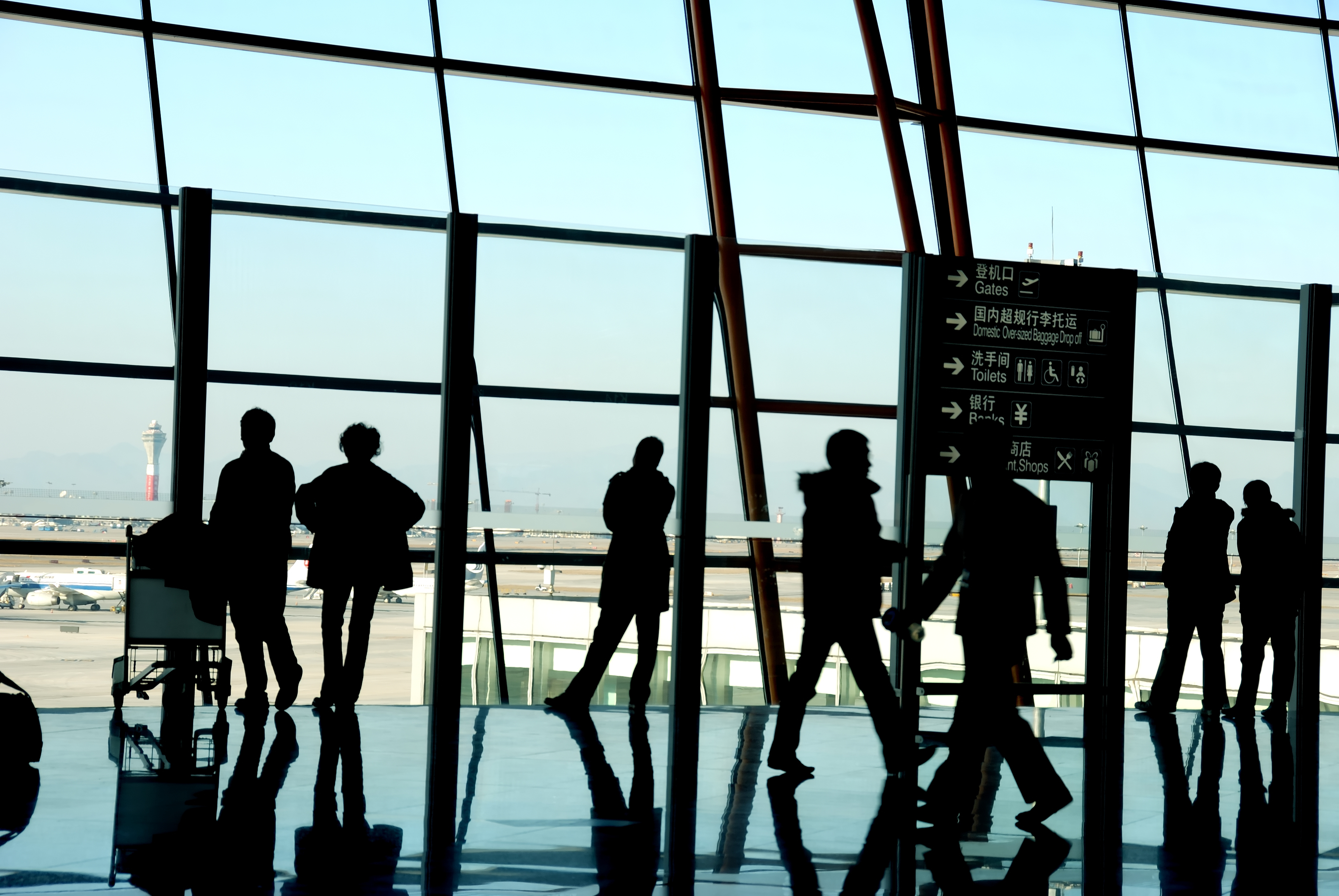
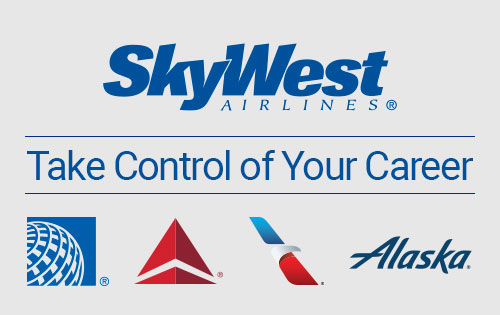
How Do Regional Airlines Impact Pilots?
Most airline pilots start their careers with regional airlines. While some may choose to stay with a regional airline for the duration of their careers, many pilots start with regional airlines before moving to major airlines once they have acquired the suitable experience. Major airlines have higher requirements for hiring and will likely require more flight hours than regional airlines. Regional airlines are a great proving ground for new pilots, a place to hone their skills and build more experience.
Some regional airlines partner with career-oriented flight schools, both to help keep themselves fully staffed with well-trained pilots and to give student pilots a clear path from flight training to the airline industry. SkyWest Airlines, the largest regional airline in the United States, partners with major airlines American, Alaska, Delta, and United. AeroGuard Flight Training Center also has a partnership with SkyWest, where together we developed AeroGuard’s Pilot Pathway Program, a career-focused, accelerated pilot training program. The Pilot Pathway Program is designed to take students from zero experience to airline-ready in approximately two years with SkyWest providing support and mentorship every step of the way.
Airlines operate on a seniority-based ranking system. Seniority also impact pilot’s pay, choice of airframe and domicile. AeroGuard Cadets start earning seniority at SkyWest Airlines from their first day of flight training. Learn more about SkyWest and AeroGuard’s partnership here!
Gateway to Major Airlines
Now, as you know what a regional airline is, how do you start a career with one?
Flying for a regional airline can open many doors to the major airlines. SkyWest, for instance, partners with four major airlines (American, Alaska, Delta, and United), providing their pilots multiple paths to major airlines. With the projected upcoming pilot shortage, regional airlines are having to make themselves more competitive, offering perks such as paid training, relocation expenses, sign-on bonuses, and bridge programs to their major airline partners. Now is a great time for prospective pilots to enter the market.
AeroGuard provides a clear path to becoming an airline pilot; Graduates are guaranteed a First Officer Interview with SkyWest Airlines after graduation, and receive $17,500 as a tuition reimbursement upon I.O.E.
